[GHHF] Rescheduled Press Club Meet in Tirupathi at 4:30pm on November 29th to fulfill the vision of Sri N T Rama Rao.
Lord Venkateswara, miracles never cease. He works wonders. He works in a mysterious way. If we had succeeded in renting Annamayya Kalyana Mantapam, or Shankar Matt or New Hotel, we would have ended up with only one meeting with not so much exposure.
With three failures, we were able to meet a great soul Dr K Sridhara Acharya who accommodated the meeting at 11:00am on November in his Navajeevan Eye Relief Centre. He became blind Dr. K. Sridhar Acharya is the founder and president of the Navajeevan Blind Relief Centre (also known as Navajeevan Charitable Eye Hospital) in Tirupati, India. He is an ex-Army service pensioner who was inspired to start the organization in 1979 after experiencing temporary vision loss due to a solar eclipse. the organization has expanded to provide a free residential school for blind children, an old-age home for destitute senior citizens, an eye hospital offering free surgeries to the poor, and other social welfare programs across Andhra Pradesh and Odisha. Dr. Acharya received the "National award for the empowerment of persons with disabilities" from the President of India in 2021.
We rescheduled our press meet at The Press Club of Tirupati at 4:30pm.
I spoke for about 12 minutes highlighting the main purpose of the meeting. I mentioned that over the years every government has done many activities that either shrunk the size of the Seve Hills God’s landed properties or performed many activities that have ruined the sanctity of Tirumala. Some of them are listed below:
• Attempts to take over five hills from Seven Hills of Lord Balaji
• Innumerable incidents of Christianization on the Hill
• use of adulterated ghee, made from chemicals and palm oil, in the sacred temple laddus.
• Permission to build Mumtaj Hotel at the footsteps of Seven Hills
• Permission to hold Tablighi Jamaat meeting in Tirupati with about ten thousand Muslims
• Permission to Build Lulu Mall
• Unable to identify 4000 non-Hindus working in TTD
• Rapid expansion of liquor stores, wine shops, meat shops, etc.
THE SOLUTION
Primary Demands for TTD Administration & Preservation
• Global Hindu Heritage Foundation strongly feels that in order to maintain the sanctity of TTD, it must work with the State Government to declare the Tirumala, Tirupati, and Tiruchanur corridor as a 'Sacred Pilgrimage Site / Divya Dhamam'. Former Chief Minister N.T. Rama Rao made this proposal in 1987. On August 31, 2014, the then Deputy Chief Minister, Sri Krishnamurthy, stated that following the vision of former Chief Minister N.T. Rama Rao, the temple city (Tirupati/Tirumala) would be developed on the lines of the Vatican. He further mentioned that "the Andhra Pradesh government, under the leadership of Chief Minister Nara Chandrababu Naidu, will transform Tirupati into a world-class city."
• Expansion of Kshethra Jurisdiction: The TTD's jurisdiction should be expanded from 27.5 square kilometers to 250 square kilometers, as suggested by the McKenzie 1801 manuscript, according to the Tirupati Declaration issued by Dayananda Saraswati and Pejawar Swamijis in 2006.
• Immediate Control: Instead of the 27.5 square kilometers specified in the Andhra Pradesh Government Order (G.O.) No. 338, TTD should take immediate action to bring the area of 250 square kilometers, which includes the various Thirthams (sacred water bodies) associated with the Sthala Puranam (history) of Sri Venkateswara Swamy, under its control. In this context, they cited the 1801 McKenzie Manuscript, according to which the Saptagiris (Seven Hills) extend to the Swarnamukhi River near Srikalahasti in the East, to Nagapatala Devarakonda in the West, to Yerraguntla Thota in Rayachoti Taluq in the North, and to Pillari Kanam near Narayanavanam in the South. Such an act would prevent the threat of non-Hindu activities on the Saptagiris.
• Prohibition of Non-Hindu Activities: TTD and the State Government must prevent the authorization of non-Hindu activities such as the Mumtaz Hotel, Lulu Mall, and Tablighi Jamaat in Tirumala and Tirupati.
• Identification of Christian Employees: It is estimated that nearly 4000 Christians are working in TTD. TTD must take specific measures to identify concealed Christians.
• Demolition of Illegal Structures: To protect the sanctity of TTD, all over 100 illegal structures must be immediately demolished as per the judgment given by the Supreme Court of India on April 30, 2025.
We request every Hindu to work toward establishing the Holy city for all Hindus lake Mecca for Muslims and Vatican for Christians.
Your donations are appreciated.
By Zelle: ghhfusaorg@gmail.com
PayPal: savetemples.org
By Check: Or you can send a check payable to GHHF, 14726 Harmony Lane, Frisco, TX 75035.
It is tax-deductible.
By Rupees: call 601-918-7111; +91 83096 43979
{{album_1493}}




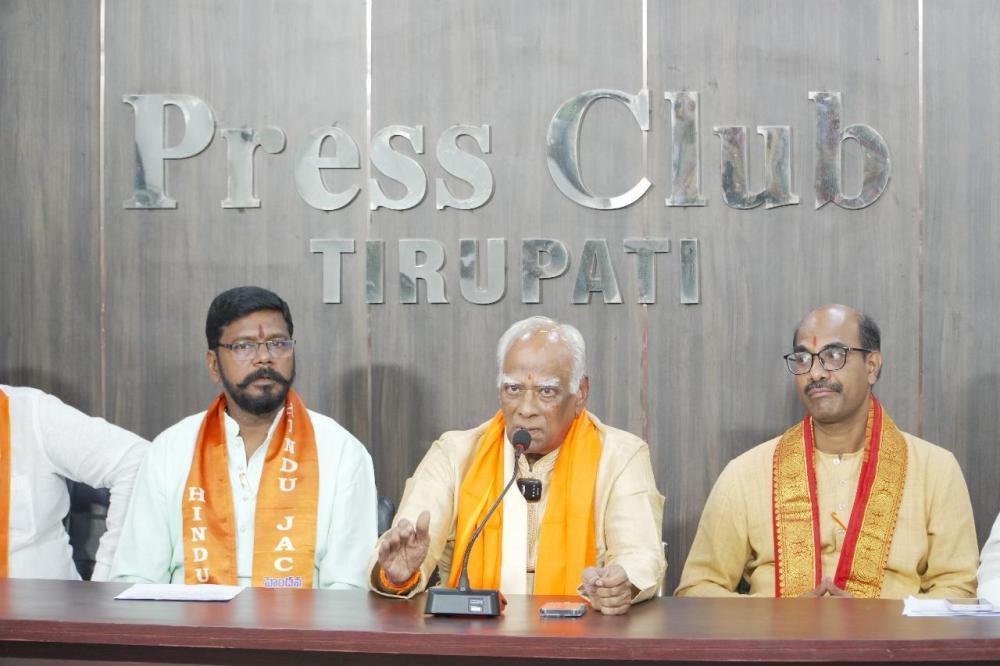
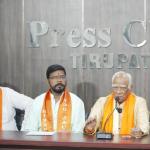
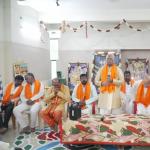
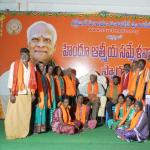
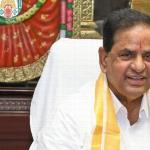



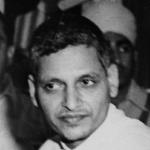

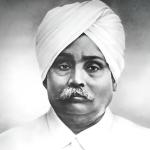
 Urgent support needed for Bangladesh Hindus
Urgent support needed for Bangladesh Hindus 



